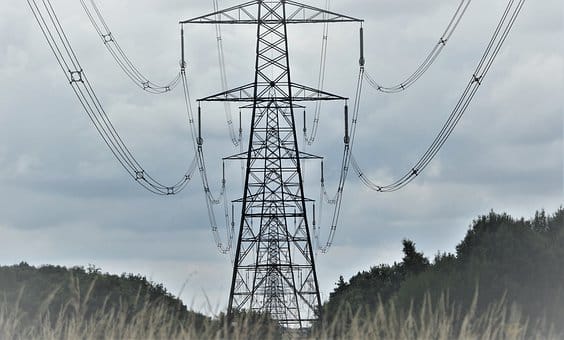NERC Recommends Adding 35 Gigawatts of Power Transfer Capacity Across U.S. to Withstand Extreme Weather

The North American Electric Reliability Corporation (NERC) on Nov. 4 released the second and third parts of its Interregional Transfer Capability Study, or ITCS, initiated last year to analyze the amount of power that can be moved reliably across interconnected transmission systems. The report recommends that the U.S. add 35 gigawatts (GW) of power transfer capability between Transmission Planning Regions for resilient electric grids that can withstand extreme weather.
The increasing number of extreme weather events and a changing energy mix that incorporates more renewable energy have drawn attention to the reliability of electrical grids. To address these challenges, the Fiscal Responsibility Act of 2023 directed NERC to carry out the ITCS to evaluate local resources such as storage and demand response across the country. Overall, the ITCS provides insights into how the U.S. can increase interregional power transfer capacity and grid resiliency.
A key takeaway from the study is that the power transfer capability required during extreme weather events varies across regions, and a “one-size-fits-all” approach may be ineffective. The ITCS studied the risk of energy inadequacy in 11 major transmission regions during extreme weather.
The highest potential for energy deficiency was in the Electric Reliability Council of Texas (ERCOT) transmission region with a maximum deficiency of almost 19 GW. NERC recommends an additional 14.1 GW of transfer capacity for the ERCOT region. This is not surprising as the region has experienced the most extreme weather events, such as Winter Storm Uri in 2021, and nine other extreme weather events, which have amplified power grid issues. ERCOT manages about 90 percent of Texas electric load.
The Midcontinent Independent System Operator (MISO) region displayed the second-highest energy deficiency of almost 6 GW. MISO, which spans 15 states, has experienced the 2020 heat wave and two other adverse weather events that have burdened the electric grid. NERC recommends adding 3 GW of transfer capacity in the MISO region.
Regulators in the U.S. are increasing their efforts to improve interconnection efficiency and grid reliability to tackle unprecedented demand and extreme weather conditions. In August, the U.S. Energy Department announced $2.2 billion for grid improvement projects as part of its $10.5 billion Grid Resilience and Innovation Partnership, or GRIP grant program.
The NERC report titled “Prudent Additions Recommendations (Part 2) and Meet and Maintain Recommendations (Part 3)” includes energy margin analyses and recommendations to increase interregional power transfer capability. The initial ITCS document, Overview of Study Need and Approach, released in June 2024, offers background on the study, a summary of recent operational events, and outlines transfer capability calculations and the approach for recommendations. The second document, “Transfer Capability Analysis (Part 1),” published in August 2024, addresses the congressional directive to analyze transfer capability between each pair of neighboring Transmission Planning Regions. The study must be submitted to the Federal Energy Regulatory Commission by Dec. 2, 2024.
EnerKnol Pulses like this one are powered by the EnerKnol Platform—the first comprehensive database for real-time energy policy tracking. Sign up for a free trial below for access to key regulatory data and deep industry insights across the energy spectrum.
ACCESS FREE TRIAL